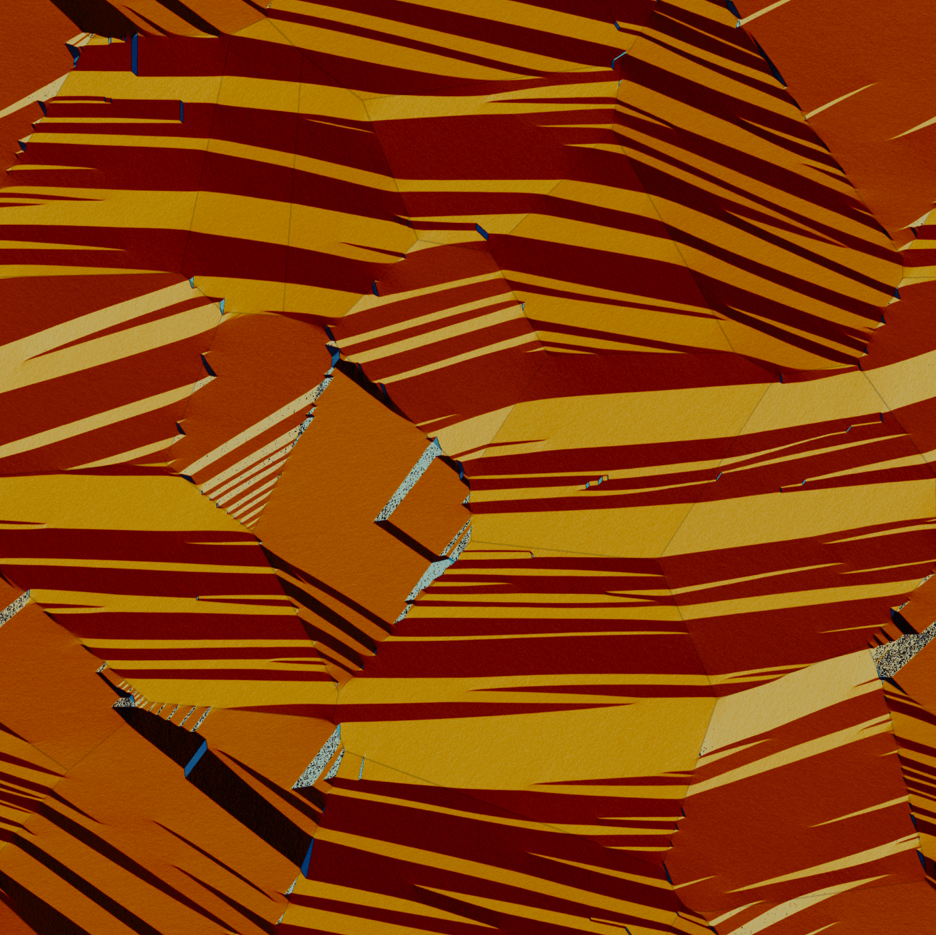New SNSF Project on Ferroelectrics
Over the next four years, we will investigate the complex kinetics of ferroelectric domains in simulations and experiments - supported by the Swiss National Science Foundation.
The objectives of this research project, which is carried out in collaboration with Prof. Laurent Guin (Ecole Polytechnique) and Dr. Vignesh Kannan (ETH Zurich) are (i) a quantitative, mechanistic understanding of domain switching in ferroelectric materials and (ii) a new theoretical formulation and computational framework for simulating the complex microstructure evolution in bulk single- and polycrystalline ferroelectrics at realistic scales under applied electric and mechanical fields.
The kinetics of domain wall (DW) motion and domain nucleation will be characterized experimentally in situ in a unique setup that uses high-speed microscopy to capture the evolving domains in ferroelectric ceramics under a multitude of electrical field scenarios with or without mechanical loads being applied. This admits the real-time observation of domain nucleation and growth under well-controlled loading conditions to establish quantitative kinetic relations between DW speeds and the responsible local driving forces.
Experimental data will serve the calibration and validation of a new theoretical-computational framework for simulating ferroelectric switching. A general-kinetics phase-field model will be developed, which - unlike the ubiquitously used Allen-Cahn-based phase-field models - integrates general nonlinear kinetic laws and, moreover, decouples domain nucleation from growth, so that experimentally
measured kinetics can directly be used in simulations. To overcome the phase-field setup's limitation to small length scales, the model will be cast into a level-set framework, which utilizes high-performance computing for simulations of complex domain patterns at scales comparable to those in experiments. Towards a bottom-up theory for domain nucleation, nucleation conditions will be derived from an
atomistics-based stability and bifurcation analysis, results of which will enter the general-kinetics model at continuum scales via an explicit nucleation process.
Beyond the specific insight gained for barium titanate and lead titanate (materials chosen for their tetragonal crystallography and their distinct electro-mechanical properties), this research results in a new general theory and numerical framework for the kinetics of moving discontinuities in solids (including domain walls in ferroelectrics, ferromagnetics and multiferroics, as well as phase boundaries). Serving the growing importance of ferroelectrics in technological applications - including sensors and actuators, energy conversion and data storage, micro- and nanoelectronics - this research produces an efficient toolbox for predictive scale-bridging simulations. This, in turn, is crucial for designing ferroic devices with optimal efficiency and tunable output energy density through domain engineering at the mesoscale (between nano- and millimeters), especially for short time scales and transient applications. While various modeling techniques are available to explore equilibrium properties, kinetic phenomena at the mesoscale are classically hard to study and therefore still poorly understood.
